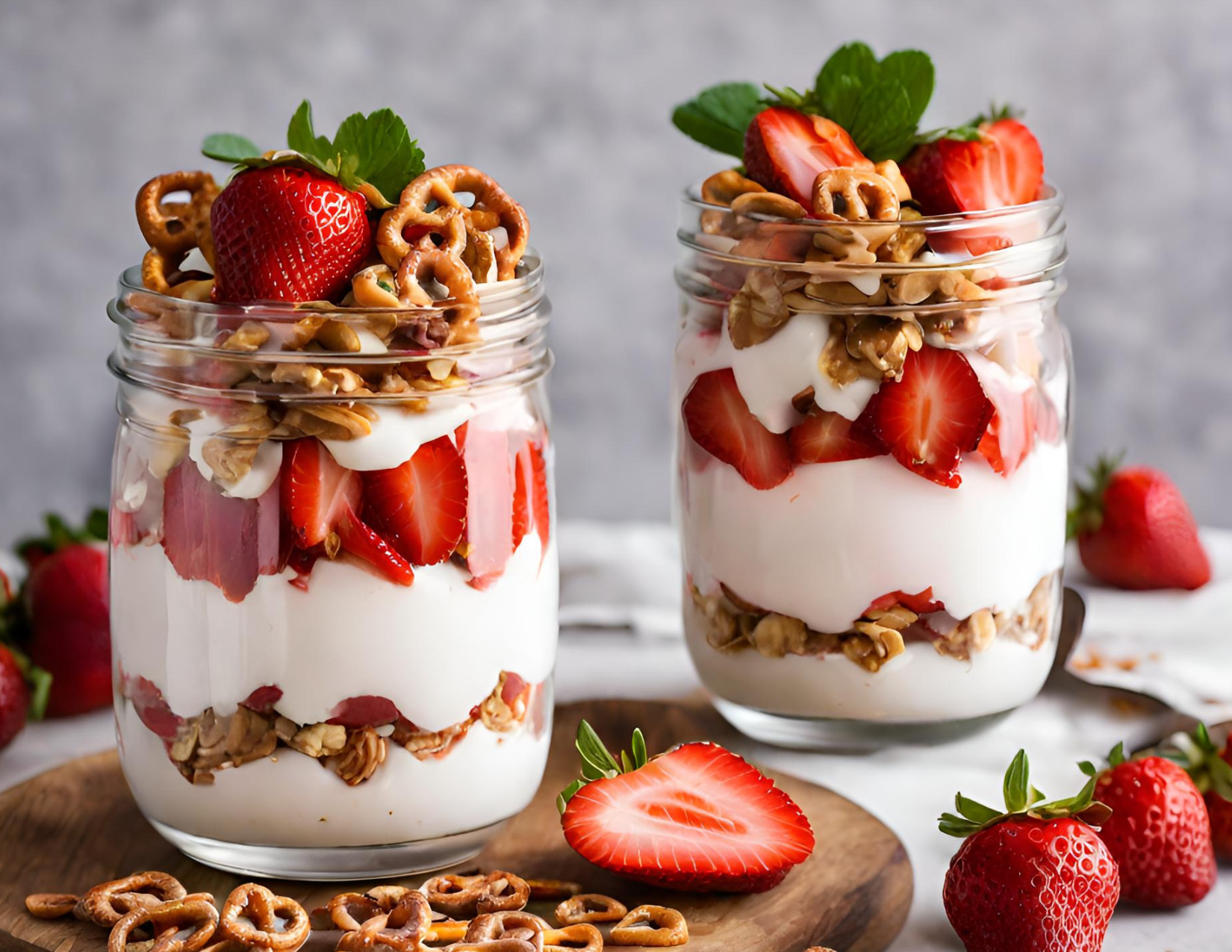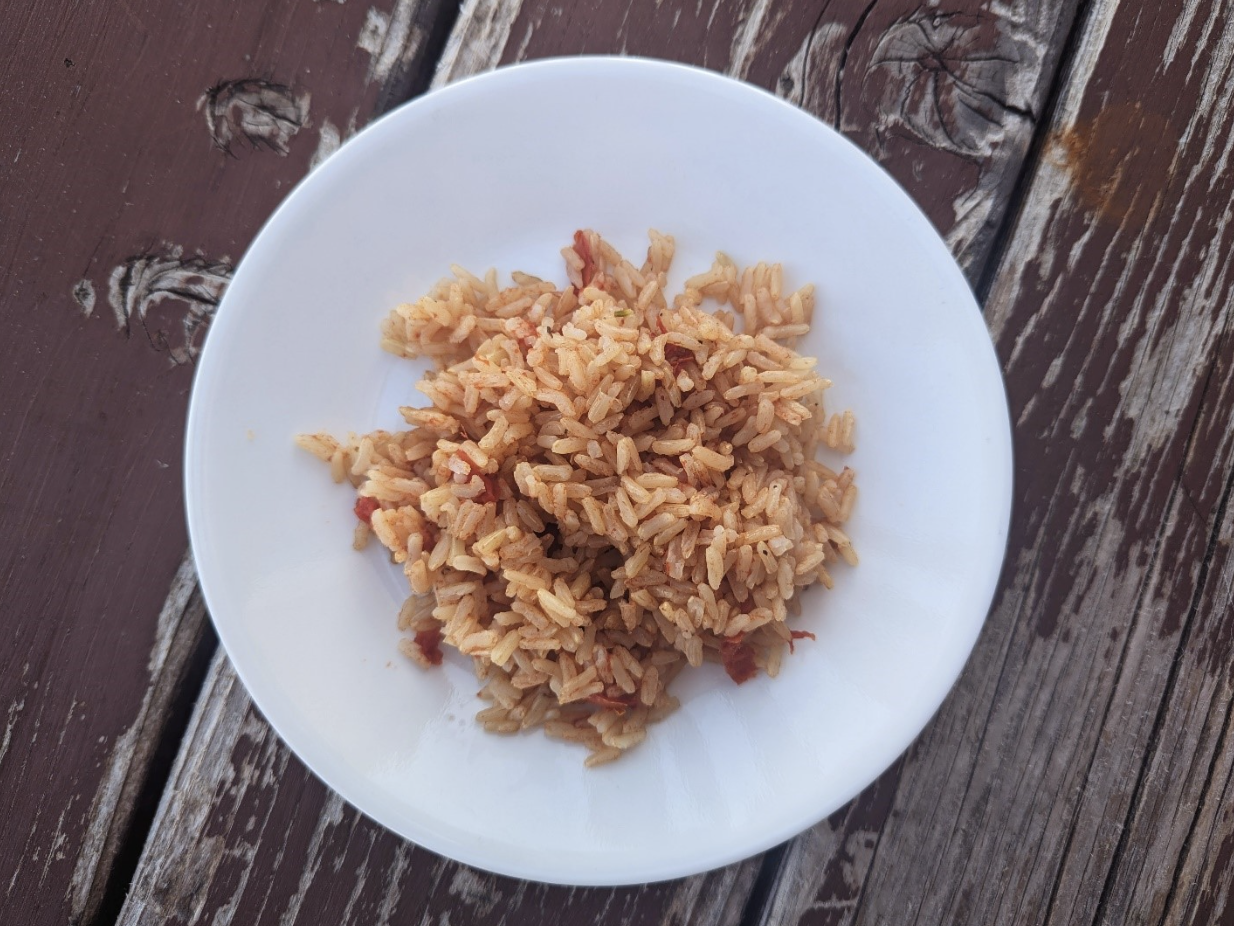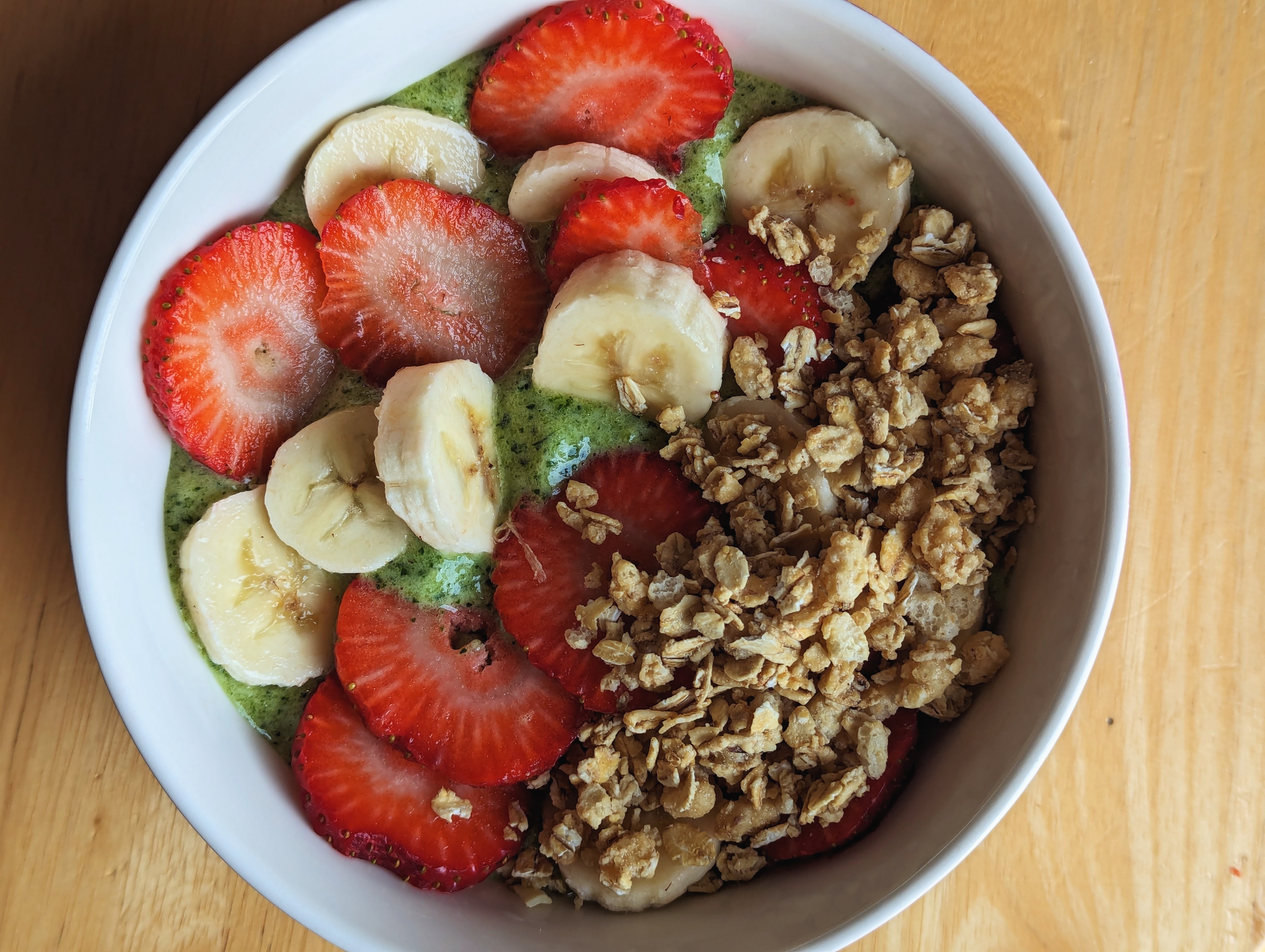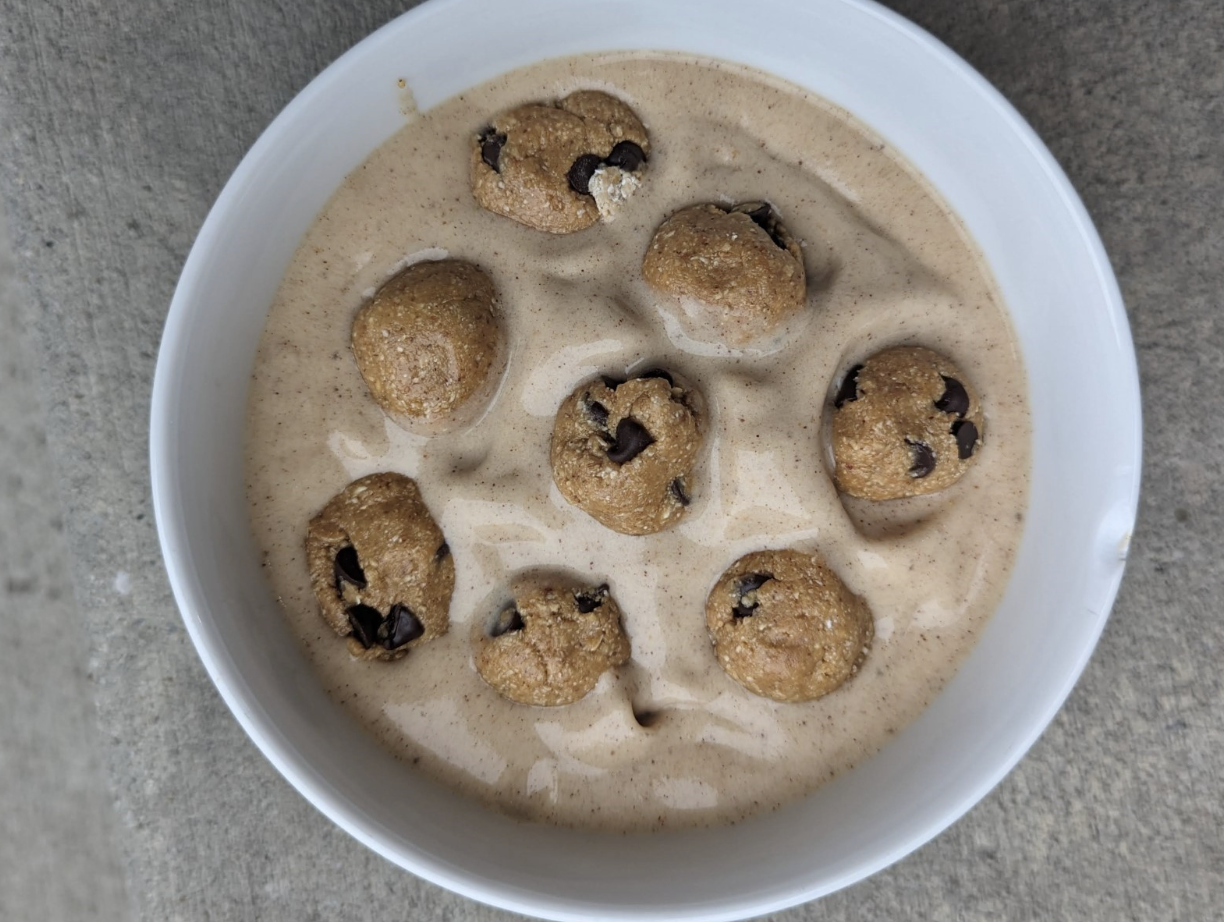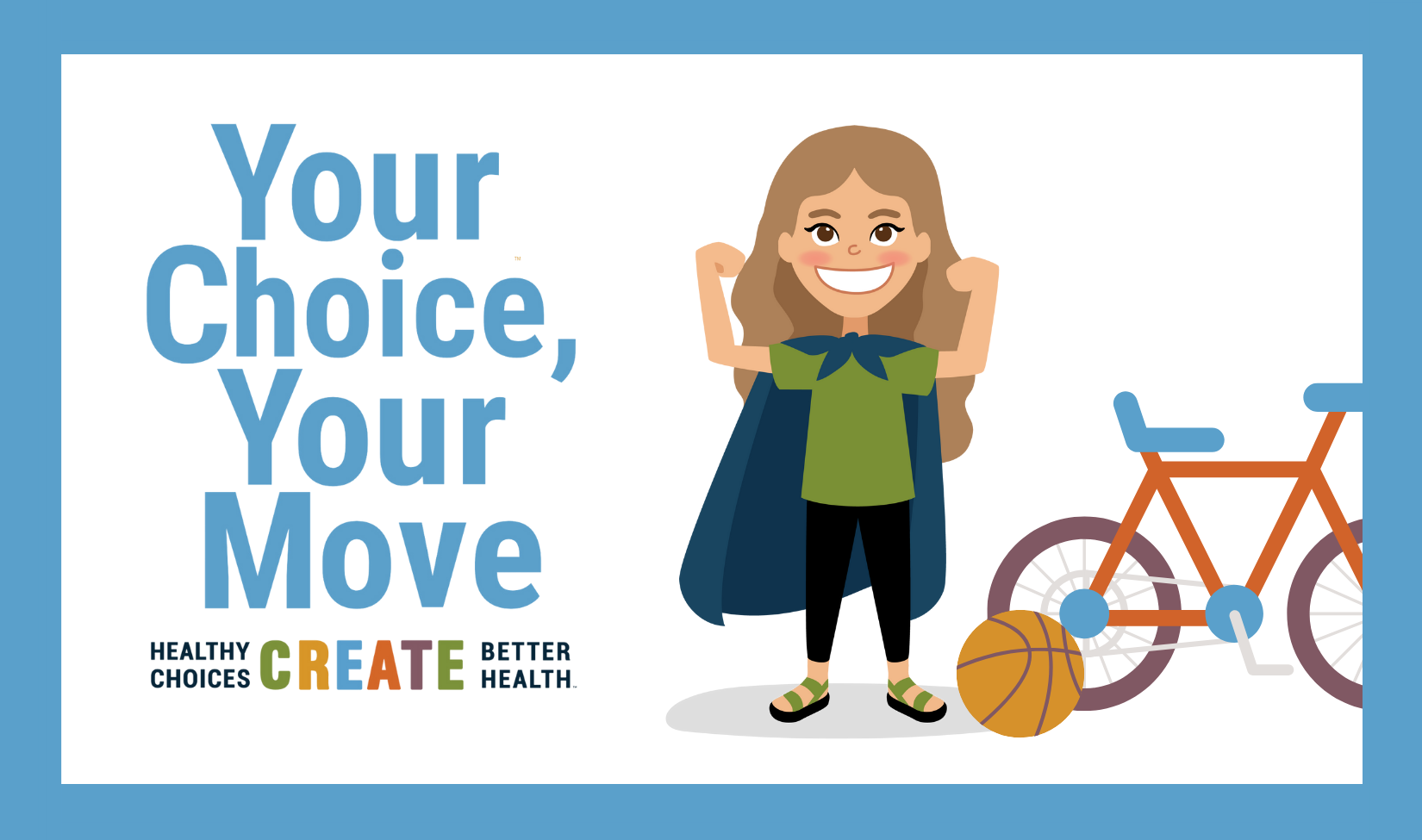Understanding Physical Activity Guidelines for Children and Adolescents
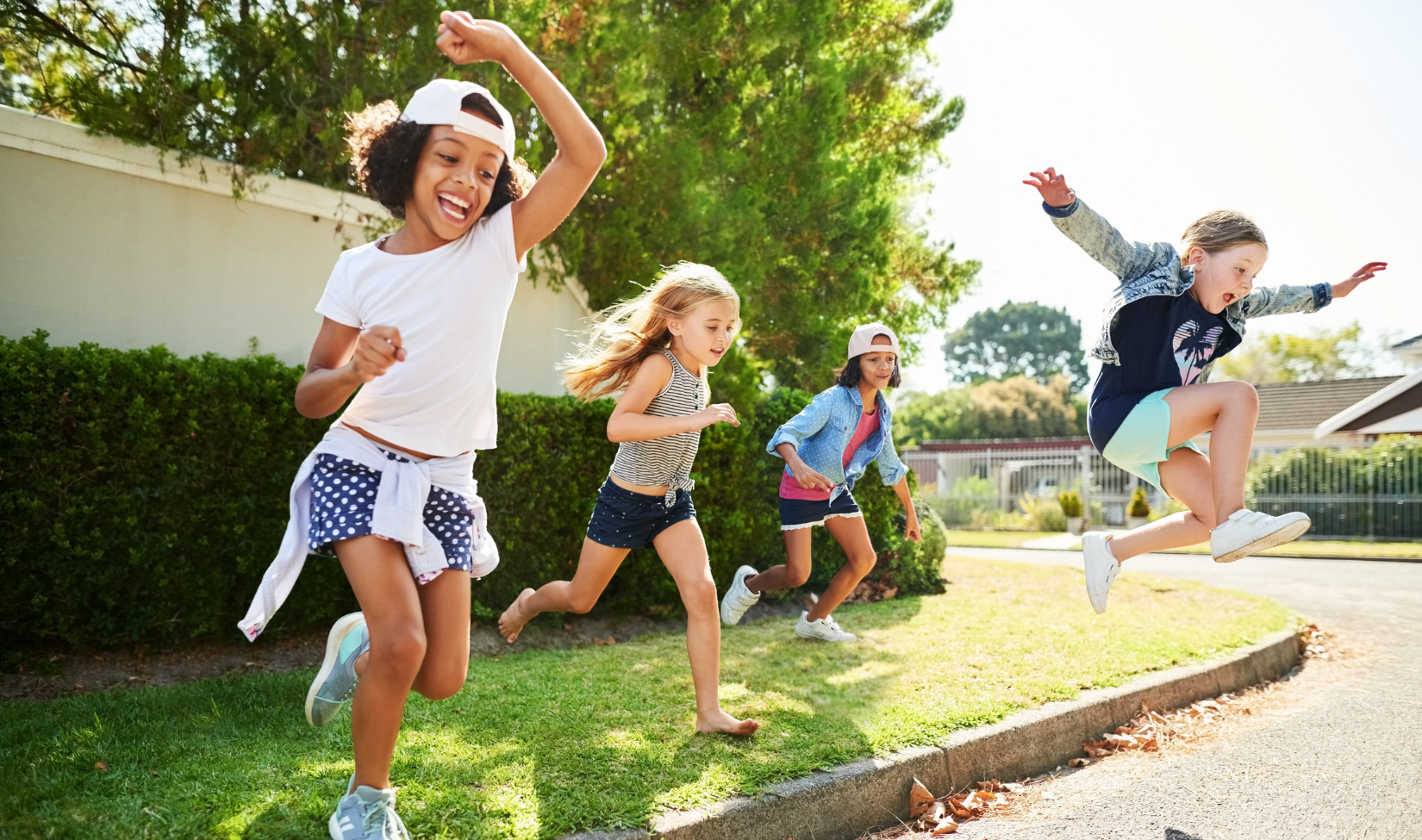
Physical activity is a cornerstone of a healthy lifestyle, especially for children and adolescents. The Physical Activity Guidelines for Americans, Second Edition published by the U.S. Department of Health and Human Services, provides comprehensive recommendations designed to improve the health and well-being of youth. Let's dive into these guidelines and explore the benefits of different types of physical activity for children and adolescents!
Overview of the Guidelines
The guidelines emphasize that children and adolescents aged 6 through 17 years should engage in at least 60 minutes of moderate-to-vigorous physical activity daily. This activity should encompass a variety of types to ensure comprehensive health benefits:
- Aerobic Activities: These should constitute the bulk of the 60 minutes and include activities like walking, running, swimming, and cycling. Aerobic exercises strengthen the cardiovascular system and enhance endurance, and should be done at least three times a week.
- Muscle-Strengthening Activities: These should be incorporated at least three days a week. Activities such as climbing, push-ups, and resistance training help build and maintain muscle strength.
- Bone-Strengthening Activities: Also recommended at least three days a week, these activities include jumping, running, and activities that involve forceful impacts, promoting bone growth and strength.
Benefits of Aerobic Activities
Aerobic exercises are vital for cardiovascular health. Regular engagement in activities like jogging, swimming, or even dancing:
- Improves heart and lung function.
- Enhances blood circulation and oxygen flow.
- Helps maintain a healthy weight.
- Boosts mood and reduces symptoms of depression and anxiety.
For children, incorporating fun activities like playing tag, participating in sports, or biking with friends can make aerobic exercise enjoyable and sustainable.
Benefits of Muscle-Strengthening Activities
Muscle-strengthening exercises are crucial for developing strong muscles and overall physical strength. Benefits include:
- Improved muscular strength and endurance.
- Better balance and coordination.
- Enhanced metabolism, aiding in weight management.
For younger children, activities like climbing on playground equipment or participating in gymnastics can be both effective and enjoyable. Adolescents might engage in more structured resistance training or sports that require strength, like basketball or wrestling.
Benefits of Bone-Strengthening Activities
Bone-strengthening activities are essential for promoting bone health during the critical years of growth. These activities:
- Stimulate bone growth and increase bone density.
- Reduce the risk of osteoporosis later in life.
- Enhance physical performance and strength.
Activities such as jumping rope, playing basketball, or even simple activities like hopscotch can be great bone-strengthening exercises. Encouraging participation in these activities a few times a week can help build strong bones and support overall health.
Incorporating Physical Activity into Daily Life
The guidelines highlight the importance of making physical activity a regular part of daily life. Here are some practical tips for parents and caregivers to encourage active lifestyles:
- Lead by Example: Children are more likely to be active if they see their parents engaging in physical activities.
- Make it Fun: Choose activities that the child enjoys and can look forward to.
- Limit Screen Time: Encourage more time spent outdoors and less time on sedentary activities.
- Support Sports and Activities: Encourage participation in school or community sports and activities.
- Create Active Habits: Incorporate physical activity into daily routines, such as walking or biking to school, or having family exercise sessions.
Additional Resources
Adhering to the Physical Activity Guidelines for Americans, Second Edition, can significantly enhance the health and well-being of children and adolescents. By engaging in a variety of physical activities, young people can develop strong bones and muscles, maintain a healthy weight, and improve their mental health. Parents, educators, and communities play a vital role in supporting and encouraging these active habits, setting the foundation for a healthier future generation.
For fun, free, relevant ideas that help kids be active this Summer, check out our Instagram and Facebook!

If you enjoyed this recipe, make sure to check out our other posts!






